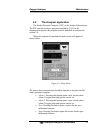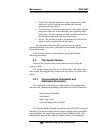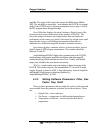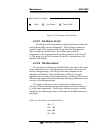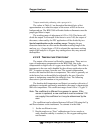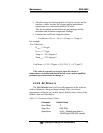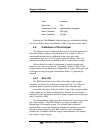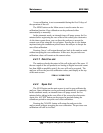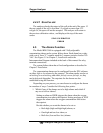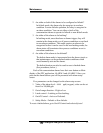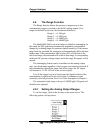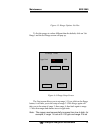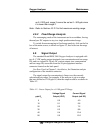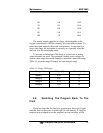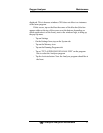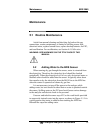
Oxygen Analyzer Maintenance
Teledyne Analytical Instruments 51
4.4.2.1 SPAN FAILURE
The analyzer checks the output of the cell at the end of the span. If
the raw output of the cell is less than 1.5 nA/ppb or more than 13.5
nA/ppb O
2
, the span will not be accepted. The analyzer will return to
the previous calibration values, and display at the top of the main
screen:
SPAN-CALIBRATION
ERROR
4.5 The Alarms Function
The Model BDS 3960 is equipped with 2 fully adjustable
concentration alarms and a system failure alarm. Each alarm has a relay
with a set of form “C" contacts rated for 3 amperes resistive load at 250
VAC. See Figure 3-5 in Chapter 3, Installation and/or the
Interconnection Diagram included at the back of this manual for relay
terminal connections.
The system failure alarm has a fixed configuration as described in
Chapter 3 Installation.
The concentration alarms can be configured from the PPC software
as either high or low alarms by the operator. The alarm modes can be set
as latching or non-latching, and either failsafe or non-failsafe, or, they
can be defeated altogether. The setpoints for the alarms are also
established using this function.
Depending on your process, you can choose to configure the alarms
in a number of ways. Consider the following four points:
1. Which if any of the alarms are to be high alarms and which if
any are to be low alarms?
Setting an alarm as HIGH triggers the alarm when the oxygen
concentration rises above the setpoint. Setting an alarm as LOW
triggers the alarm when the oxygen concentration falls below
the setpoint.
Decide whether you want the alarms to be set as:
• Both high (high and high-high) alarms, or
• One high and one low alarm, or
• Both low (low and low-low) alarms.



